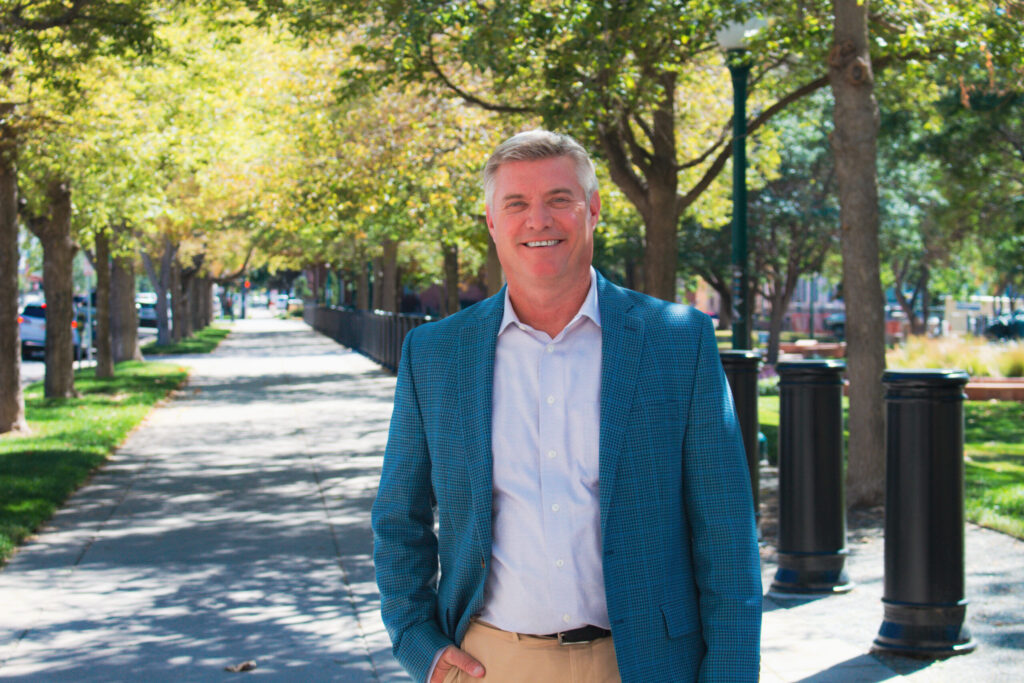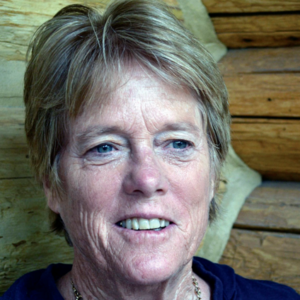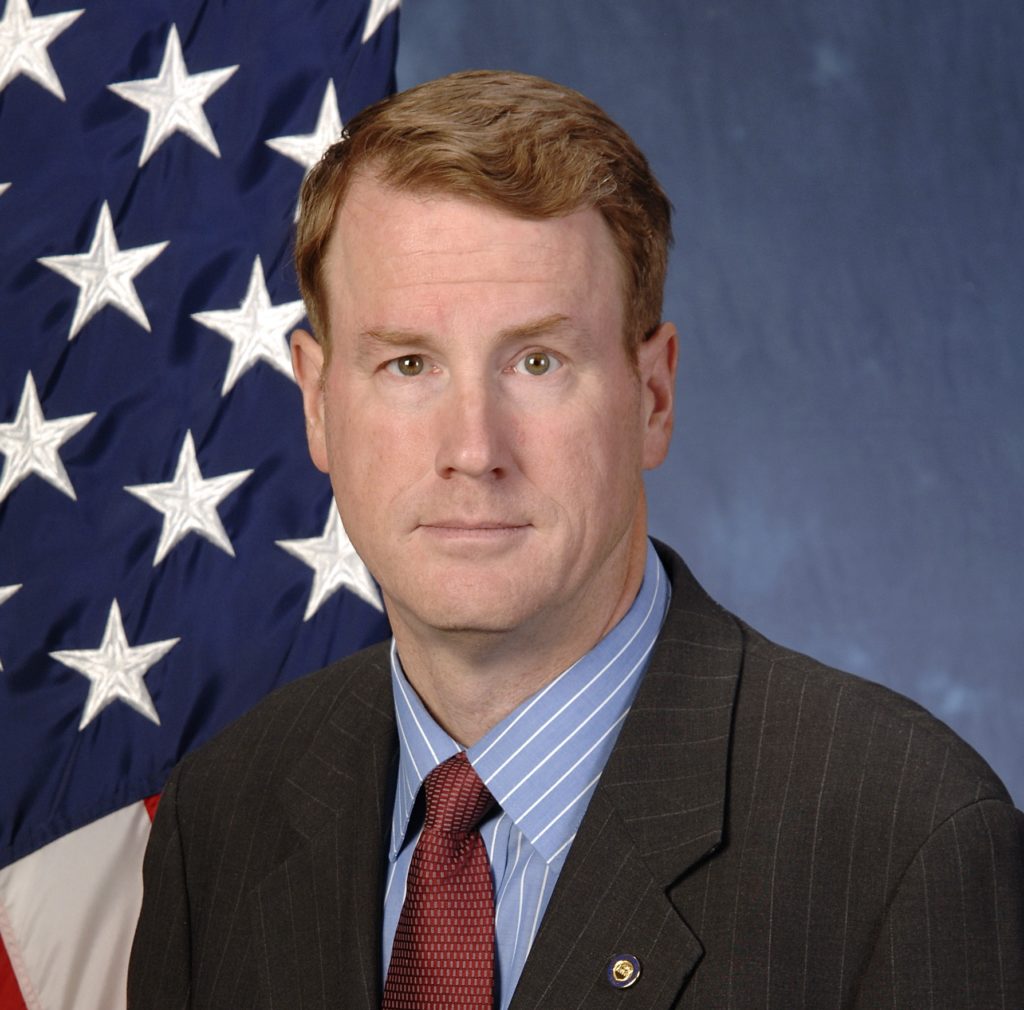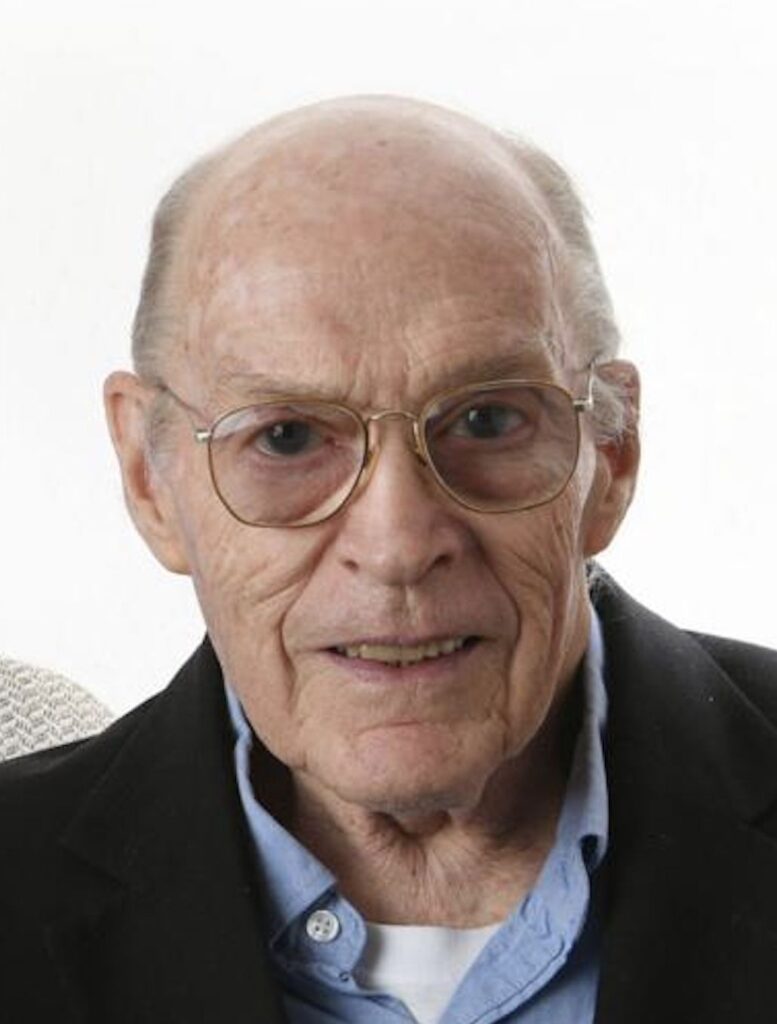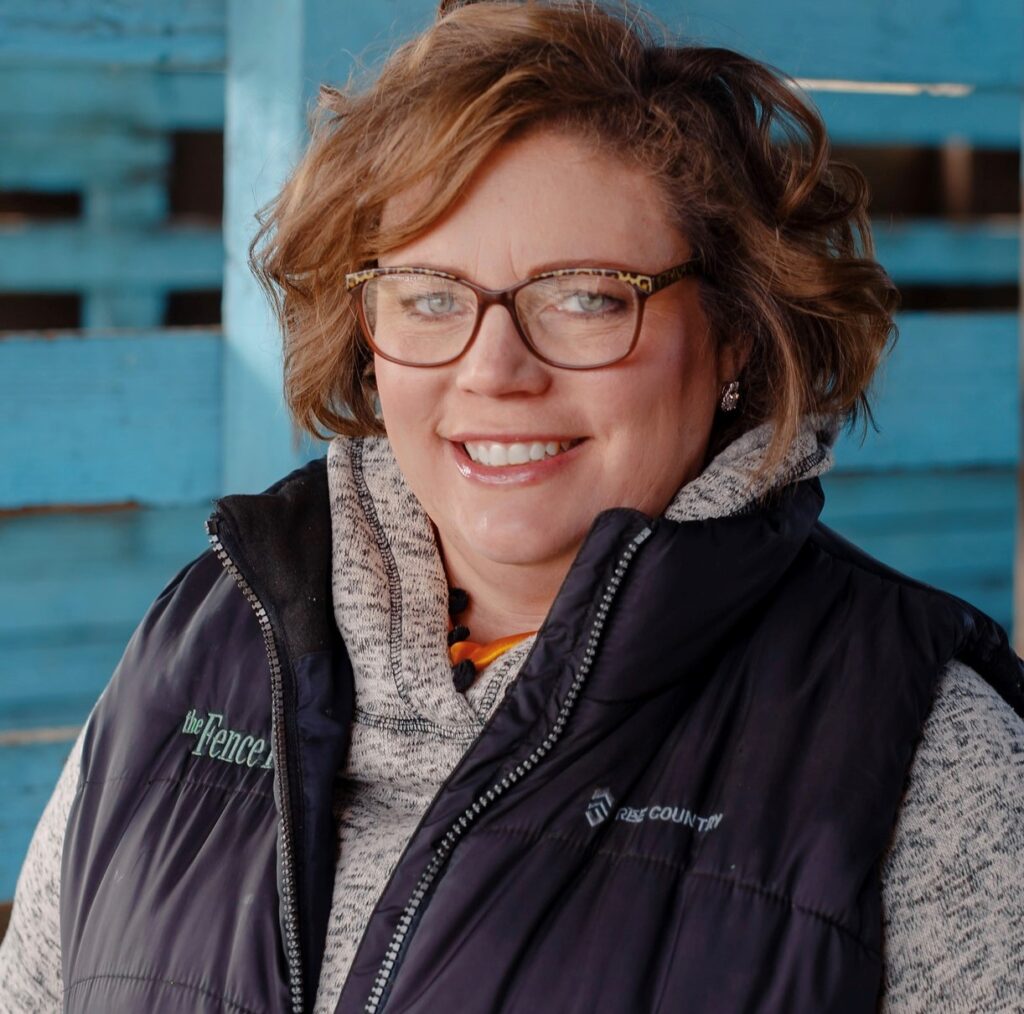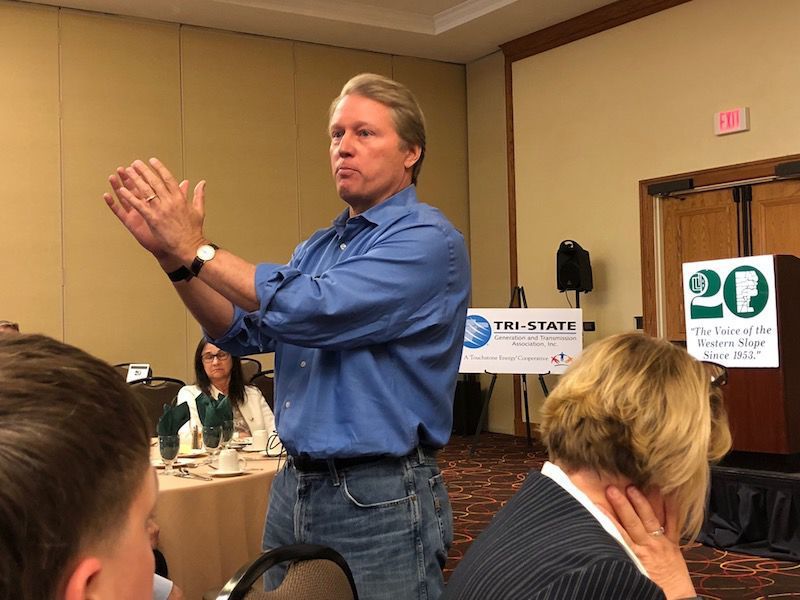CRONIN & LOEVY | Sanders and Warren, now out of the running, stoked Colorado’s left


Colorado Democrats, joined by unaffiliated voters who chose to vote with them in the 2020 Democratic Colorado presidential primary on Super Tuesday last March 3, are continuing their recent march to the political left. The most liberal candidate, Vermont U.S. Senator Bernie Sanders, who suspended his presidential campaign earlier this week, swept to victory in 55 of Colorado’s 64 counties.
We just examined the official results as reported on the Colorado secretary of state’s election website. This is what we learned:
Sanders lost six counties to former Vice President Joe Biden. Two counties, Cheyenne County (county seat Cheyenne Wells) and Yuma County (Wray), went for former New York Mayor and publishing tycoon Michael Bloomberg. Phillips County (Holyoke) had a three-way tie between Sanders, Bloomberg, and Biden.
The anti-Sanders counties had a lot in common. All but one were sparsely populated rural and agricultural counties located on the Eastern Plains or in the Eastern Slope mountains. The one exception was Douglas County (Castle Rock), which is a heavily Republican suburban county in the Denver metropolitan area. It voted for Joe Biden.
The rural agricultural counties that Sanders lost to Joe Biden were Baca County (Springfield), Crowley County (Ordway), Custer County (Westcliff), Jackson County (Walden), and Kiowa County (Eads).
But for the exceptions noted above, Bernie Sanders rolled to easy wins in county after county in Denver metro, along the Front Range, in the ski counties in the Rocky Mountains, and did particularly well in southern Colorado with its large numbers of Hispanic voters.
Although there were many candidates on Colorado’s Democratic presidential primary ballot, only four received substantially more than 1.1 percent of the vote. We limit our analysis to those four. They were Bernie Sanders, 37.9 percent of the statewide vote; Joe Biden, 25.2 percent; Michael Bloomberg, 18.9 percent; and Massachusetts U.S. Senator Elizabeth Warren, 18.0 percent. Votes for other major candidates such as South Bend, Indiana, Mayor Pete Buttigieg and Minnesota U.S. Senator Amy Klobuchar were not reported because they dropped out of the race just before the date of the Colorado primary.
We were surprised by Elizabeth Warren’s fourth place finish in a Colorado Democratic presidential primary. Colorado gave women the vote early on, in 1893, and has been one of the top states for having high percentages of women in both house of the state legislature. But gender did not seem to be an issue for Colorado Democrats and the Democrat-leaning independents who joined them this time. The election apparently centered more on three social welfare issues that Bernie Sanders regularly promotes – Medicare for all citizens, a free public college education for all students, and eliminating most student loan debt for recent college graduates. These issues worked to Sanders’s advantage.
Elizabeth Warren was stuck in single digits and the teens in Colorado. Her worst county was Conejos County (Conejos) in Southern Colorado, where she came in at 6.6 percent. Her best county, at 23.4 percent, was small and eccentric Mineral County (Creede) in the Rio Grande valley.
Bernie Sanders did very well in Colorado in Hispanic voter-rich southern Colorado. He polled 44.7 percent of the vote in Alamosa County (Alamosa) to Joe Biden’s 23.0 percent. He racked up 41.9 percent in Costilla County (San Luis) to Biden’s 26.5 percent. He recorded his highest vote percentage in the state, 54.3 percent, in Saguache County (Saguache) where Biden got only 15.9 percent. Saguache was Biden’s lowest county vote percentage.
Sanders had been doing well with Hispanic voters before coming to Colorado. A week before the Colorado primary, running in the Nevada presidential caucuses, Sanders won Nevada easily with the strong support of Hispanic voters.
Sanders also did well in Colorado ski country, a recently emerging center of liberal voter strength in Colorado. Typical was Gunnison County (Gunnison), home of the Crested Butte ski area, where Sanders scored 49.8 percent to Biden’s 19.2 percent. Farther west in San Miguel County (Telluride), Sanders slammed Biden 46.8 percent to 20.8 percent.
We should note that Sanders had a supporter and volunteer base that dates back to his 2016 presidential race. He had made dozens of appearances in Colorado over the past five years, including campaigning on behalf of both presidential nominee Hillary Clinton in 2016, and candidate for governor Jared Polis in 2018. He had acquired name recognition and a fan base.
We saw the Sanders campaign and the Warren campaign as both being decidedly liberal in character. While Sanders hammered on welfare and health issues, Warren ran a slightly more moderate campaign, albeit a more detailed campaign with “plans” and price tags for achieving liberal goals. In an effort to measure the full liberal strength of registered Democrats and unaffiliateds voting in the Democratic presidential primary in Colorado, we combined the Sanders and Warren votes on a county-by-county basis.
Denver, the richest source of Democratic votes in Colorado, went for Sanders-Warren combined with 60.4 percent of the vote. In Boulder County (Boulder), this liberal duo copped 61.3 percent. Larimer County (Fort Collins), a populous Front Range county, went for Sanders-Warren by 60.8 percent. Statewide the liberal Sanders and Warren received 55.8 percent of the primary vote compared to just 44.2 percent for moderates Biden and Bloomberg combined.
By voting so strongly for Bernie Sanders, Colorado failed to become part of the national narrative in the Super Tuesday presidential primary voting. Although California also voted for Sanders, the biggest story that night was that a large number of Southern states with high percentages of African-American voters went for Joe Biden. This portrayed him, rightly or wrongly, as the best bet to win the Democratic Party presidential nomination.
Exactly the same electorate – registered Democrats and unaffiliateds choosing to vote in the Democratic primary – will be voting in the June Colorado U.S. Senate primary. Popular former Colorado Gov. John Hickenlooper, a moderate, is considered the frontrunner. But well-regarded former Colorado House Speaker Andrew Romanoff is running against him as a liberal. The results we just reviewed from Colorado’s Democratic presidential primary, in which liberal Bernie Sanders came in a strong first, suggest the Senate primary could be a closer race than some pundits have suggested.
Tom Cronin and Bob Loevy were longtime political science professors at Colorado College in Colorado Springs. They regularly write about Colorado and politics.


